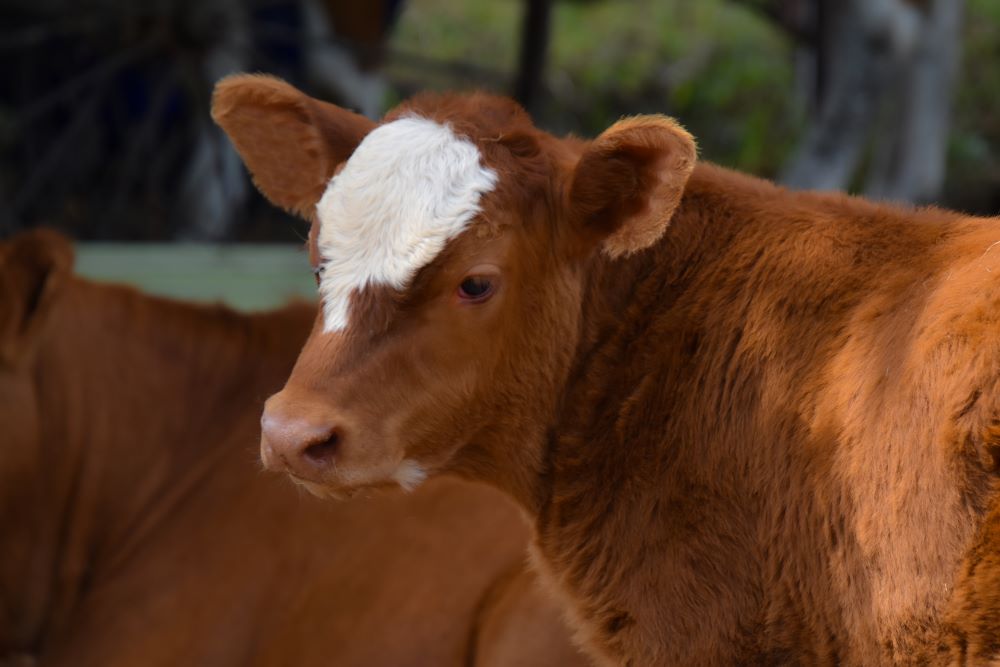
Global demand for meat is growing. Over the past 50 years, total meat production has more than tripled to over 340m tonnes each year.
Beef is the third most widely consumed meat in the world, after pork and chicken, representing 25% of total meat consumption according to the UN-Food and Agriculture Organization (FAO).
What was once considered a luxury item is increasingly an everyday purchase for the world’s shoppers.
A boom in beef eating in Asia has also seen a growing demand for a meat that was once overlooked for pork and chicken. Cows were considered too hard to raise and took up much space and resource compared with pigs and chickens, which could be fed on scraps.
Look East
Rising incomes have seen beef imports to China up by more than 300% since 2017, while South Korea has seen a 57.3% increase and Taiwan is up by 37%.
According to the US Department of Agriculture (USDA) there were more than 1bn head of cattle globally in 2021 – the largest world inventory since 2004.
However, the production of meat has major environmental impacts, including increasing greenhouse gas emissions, agricultural land and freshwater use.
Factory farmed cattle are a primary driver of deforestation, the highest producer of greenhouse gas emissions of any agricultural product and the heaviest user of land and water resources. Some 70% of the Amazon rainforest has already been replaced by pastures and feed-croplands, most of which are used for cattle. It takes 1,800 gallons of water to produce one pound of beef.
Pandemic peaks
Like many commodities, the price of beef spiked during the pandemic rising from $2.05 per pound in Q3 of 2019 to a peak of $2.69 in Q1 of 2022. Prices have now stabilised somewhat at $2.22 in Q1 of 2023.
One of the world’s largest exporters, Australia has seen cattle prices drop 20% this year, but analysts are bullish on the outlook and predict a return of more stable market conditions that will benefit exports.
Prices are down to $6.1 per kilogram, almost half of the peak in 2022 when supply could not keep up with global demand and made Australia’s cattle prices among the world’s most expensive.
Chemical trail
A further complicating factor for beef trade is the use of chemicals.
In many countries around the world, such as the US, Canada, China, Argentina, Australia and other large meat producers, the use of steroids is permitted but in all countries of the EU there is a strict ban on the use of anabolic steroids in fattening animals.
The Soil Association has highlighted the use of hormones as a risk factor for any trade deal between the US and UK.
Canada’s use of hormones also emerged as a factor in negotiations over UK membership of the Comprehensive and Progressive Agreement for Trans-Pacific Partnership .
Ranking of countries that produce the most beef in 2022 (USDA)
The United States was the largest producer of beef in the world in 2022 followed by Brazil and China. Between them they account for roughly 51% of the world’s beef production.
Pounds (bn) % of world production
US 28.4 21.7
Brazil 22.8 17.4
China 15.7 12
India 9.6 7.3
Argentina 6.9 5.2
Exports
Seven countries exported more than 1bn pounds of beef in 2020, with Brazil accounting for almost a quarter of the world’s beef exports in 2020.
Pounds (bn) % of world production
Brazil 5.6 22.4
Australia 3.3 13.7
US 3 12.4
India 2.8 11.9
Argentina 1.8 7.6
Imports
Encompassing fresh, chilled and frozen beef, worldwide purchases of imported beef totalled US$58.7bn in 2021.
The overall value of beef imports accelerated by 40.3% for all importing countries since 2017 when beef purchases were valued at $41.8bn.
Year over year, globally imported beef inflated in overall cost by 17% compared to $50.1bn for 2020.
Five countries imported more than one billion pounds of beef in 2020, with China accounting for roughly 30% of the world’s beef imports. As well as being the world’s biggest producer, the US was the second largest importer of beef.
Pounds (bn) % of world production
China 6.1 29.7
US 3.3 16.2
Japan 1.8 8.9
S Korea 1.2 5.9
Hong Kong 1.1 5.5
Premium markets
Some countries such as Ireland are looking to position their beef exports as premium items rather than commodity.
In China, beef consumption is increasing and analysis by the Irish Food Board has shown a growing awareness about the benefits of grass-fed beef among consumers.
In the UK, the National Farmers’ Union’s red meat export strategy also emphasises the importance of Asian export markets as the home market slows.
The NFU points out that “consumers are increasingly concerned with the provenance of their meat and will often choose to pay a premium to acquire a quality product reared to high welfare, low carbon, sustainable standards”.
Cheap cuts
At the same time, commodity producers are suffering as input prices, such as the cost of feed, grain, livestock and wages, have been eating away at the bottom line.
Meat price soared during the pandemic but food processors have seen average prices decline 10.3% for beef.
Just Food reports that global food commodity prices have eased according to an index compiled by the UN.
The FAO Meat Price Index rose 1% May from April, “driven primarily by a steady high Asian import demand for poultry meat and persistent supply tightness for bovine meat in the United States of America”.
Meat prices were down 4.1% on year.



